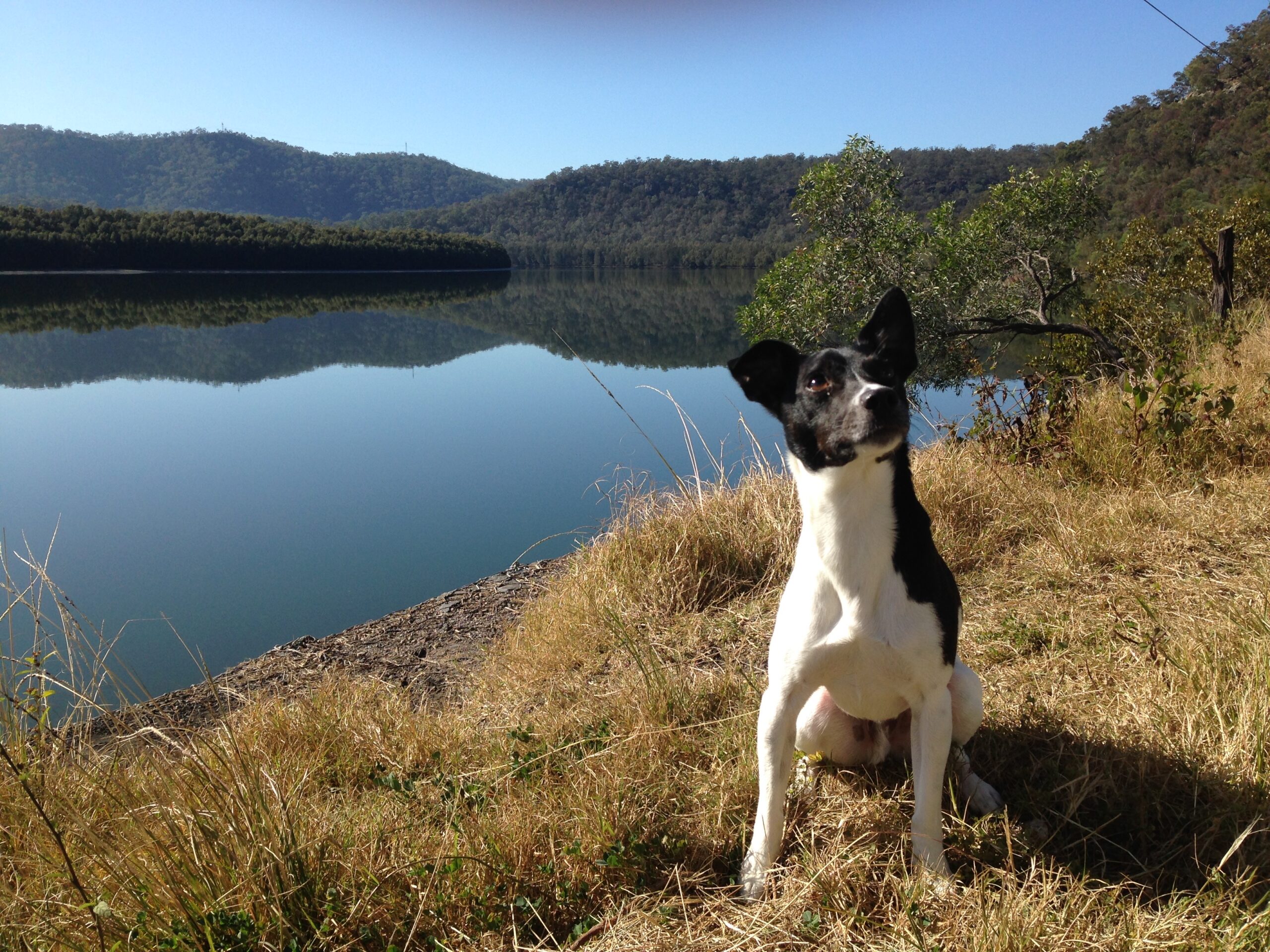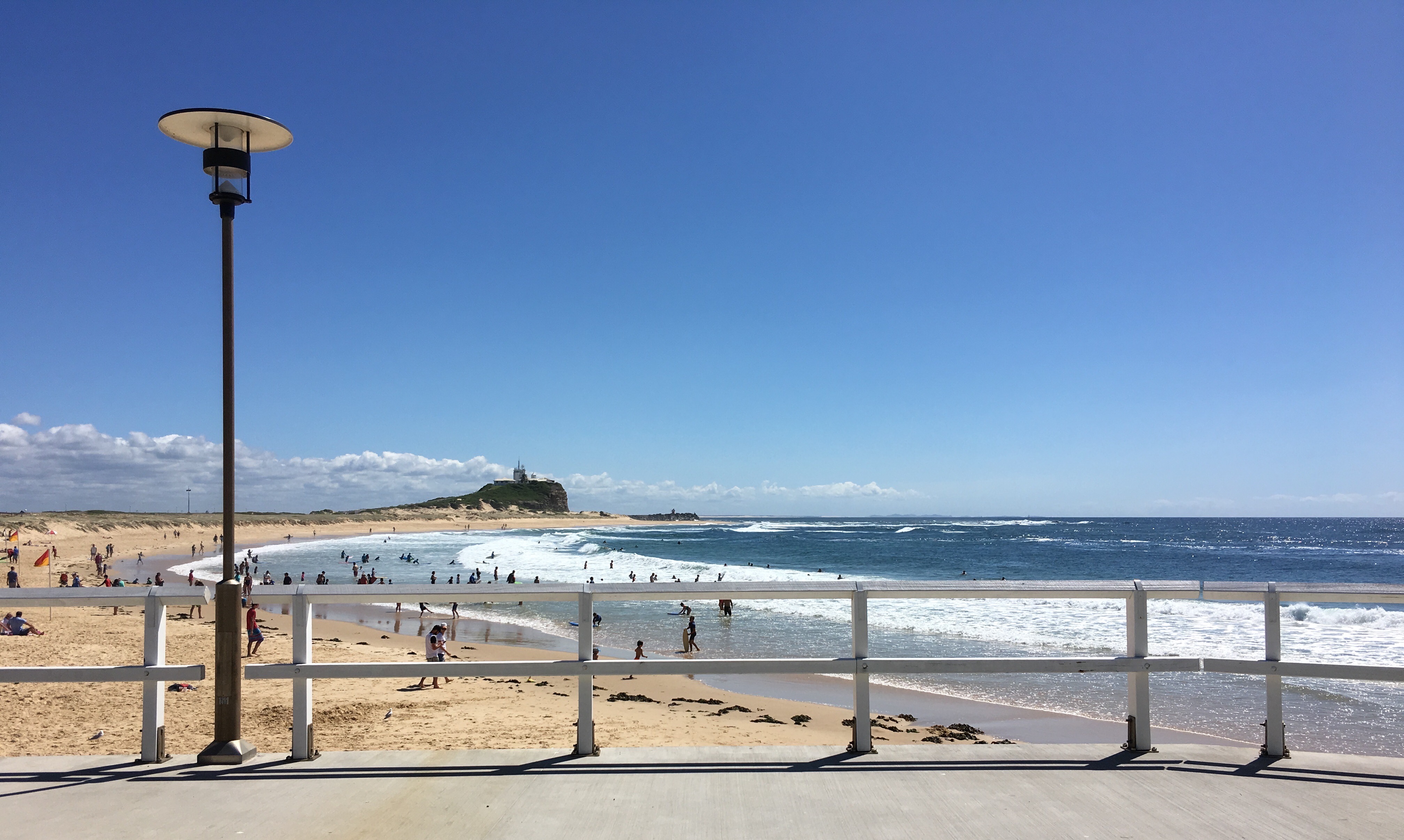central clinics
central clinics
1300 75 50 50
pathwaysnurse.org
administration@pathways.org
By appointment only

Clinicians can also refer patients to the service by clicking here
central clinics

Delivered via Telehealth. We are wherever you are


Pathways is a nurse-led clinic including assessments, interventions and nurse education, within a formal consultation enabling better community -based management, service triage and access to services.
Pathways nurses sit within community organisations (patient groups, civil society, health charities) and are integrated in the health system, working with other key clinicians within the health system.
Pathways nurses have a minimum of ten years experience and come with unique knowledge of the health system and community-based care.
Pathways nurses bring with them a ‘backpack’ of experience, tools, understanding and knowledge that is used to manage holistic patient care.
Each Pathways nurse is supported through an intensive training period and assessments before commencing in clinical practice.
What makes a Pathways nurse unique is their ability to use every available resource in the health system – even in situations where resources are scarce or restricted – for the benefit of the patient. It’s a technically demanding role requiring a unique skillset.
Three words often used to describe a Pathways nurse are: Professional-Knowledgable – Compassionate. Nurses often have the closest relationship and most presence with patients and families. Pathways nurses are no exception.
Pathways nurses are supported in their roles through professional development, personal development, peer support and debriefing and other activities to protect their emotional health to avoid burnout. If we don’t protect and support our nurses, we risk leaving patients without the care they need. Pathways nurses are part of a team and nurses are supported as a team, while acknowledging each of us has our own coping mechanisms and timing when addressing stress. Pathways nurses work independently and this can be an isolating and lonely professional experience, that’s why the sense of team spirit is so important in the Pathways clinic.
Kate Holliday is an advanced practice nurse in community-based triage, a patient experience researcher and works in community resource mobilisation. She started her career as a nurse in Sydney, Australia working in the emergency and neurology departments, and has worked in the health sector for more than 20 years. In 2020, Kate was listed as one of the 100 Outstanding Women Nurse and Midwife Leaders by Women in Global Health, World Health Organisation, International Council of Nurses, UN Development Programme and partners, in 2022 was a finalist in the prestigious Australian Health Minister’s Award for Nursing Trailblazers, and in 2024 was awarded the APNA President’s Award for a legacy contribution to the health system.
Her clinical work has focused on community-based triage and health system uptake and she has worked as a nurse in Australia and the USA. Kate developed and tested a model of community-based nursing care in that in 2019 was expanded into a pilot program across 18 disease areas, where specialist nurses are trained to ‘sit’ within patient organisations/health foundations across central and specialist services. The model is the first of its kind and includes addressing preventative health, care needs in disaster and emergency settings, and also in the context of community-based registries to monitor care in real time.
Kate has been a leader in community engagement in research, service and policy design and in 2012 as a result of her masters and Phd dissertations, started the Centre for Community-Driven Research which is a non-profit organisation dedicated to engaging patients and their families in the decisions that are made about research and healthcare.
Kate has significant experience working with government, industry, not- for-profit organisations as well as research and international organisations including working in Geneva, Switzerland with the GAVI Alliance and Australian Department of Foreign Affairs and Trade (Health and human rights portfolio). She has also worked in leadership roles including Head of Research at Cancer Council NSW Australia and Head of Policy and Strategy at the Kinghorn Cancer Centre. Kate also served as a Board Director at Health Technology Assessment International (HTAi) and leads the advocacy and allied health integration arm of the WHO Global Alliance for Care of the Injured (GACI).


Pathways protocol development
Nurse-led interventions and scope of practice were confirmed in a formal pilot program that aimed to assess what’s possible in a community-based, specialist, nurse-led Telehealth clinic. Through the pilot a number of assessments and interventions were confirmed. These included:
* Surgical, hospitalisation and ED discharge assessment * Current and planned medication assessment * Urgent care prevention + continuity of care on discharge from urgent care *rural and regional access Surgical, hospitalisation and ED discharge assessment * Current and planned medication adherence assessment * Urgent care prevention + continuity of care on discharge from urgent care *rural and regional access * Diagnostic pathway * Initial triage assessment Diagnosis assessment * Symptoms and comorbidities assessment * Information assessment * Symptom tracking * Health literacy assessment * Formal nurse education session * Family history * Primary care assessment * MDT assessment * Clinical trial assessment * Point of coordination assessment * Emotional and social assessment * Distress/anxiety tool * Pain assessment * Palliative care assessment * Advance care planning

From the pilot, what we have now in the health sector that was not available before are:
Some of the key points from the pilot were:
• 3060 patients accessed the program between August 2019 and June 2022.
• Overall there were 26,953 referrals, assessments or interventions made at an average of 8.81 per patient.
• Number and type of services and opportunities accessed included: 1669 Multidisciplinary team assessment; 2261 Primary care assessment; 1861 Pain assessment; 1916 Palliative care assessment; 1988 Clinical trials assessment; 2323 Home status assessment; 2072 Symptom management assessment; 9407 Information & education provision; 3456 Allied health and supportive care referrals
• Nurses are most commonly speaking with women (65.98%)
• Across all age groups, the highest number of people accessing the service were under the age of 18 along with a parent or next of kin (n=435, 14.22%).
• The service was designed to take advantage of the close relationship patient groups have with the community. The majority of patients found the service through their local patient organisation website or Facebook page (n=1474, 48.17%).
• Pathways Telehealth Nurses provided services across 9 broad disease areas. The most common conditions were diseases of the nervous system (n=1254, 40.98%). After this, developmental abnormalities (n=377, 12.32%), diseases of the digestive system (n=309, 10.10%), endocrine, nutritional or metabolic diseases (322, 10.52%) and mental, behavioural and neurodevelopmental disorders (n=318, 10.39%), and rare cancers
(n=355, 11.60%), all had between 300 and 400 patients accessing the service
• A cost analysis is available in the 2020 report and this has been validate in the 2021 report. In the 2020 review we reported that there was an average cost per patient of $65.84. This was confirmed in the 2021 report where the cost per patient was only slightly higher across both years at $67.37. The increase is because in the first evaluation, nurses spent less time per patient (1.58 hours) compared to 1.61 hours in the most recent report.
• The prgram was funded for 10 partner organisations to be involved. Over the life of the program, 18 disease areas were serviced through the grant.
• The Pathways and NPON models are in development for uptake in other health systems.
Since the Pilot, we have seen:
*The average time per patient for an initial consultation and follow-up was 92.51 minutes.
* Nurses are most commonly speaking with women(68.23%)
* The majority of people who accessed the services were patients (75.52%) followed by next of kin or family members (24.48%)
* Across all age groups, the highest number of people accessing the service were under the age of 18 along with a parent or next of kin (22.92%)
* There was an increase in access to the service from low to medium socioeconomic areas with 56.25% of participants coming from low to medium socioeconomic areas compared to 38.87% across the life of the program
* There was an increase in access to the service from regional and remote areas in the 2022 to 2023 reporting period with 43.75% of participants coming from regional or remote areas compared to 24.57% across the life of the program